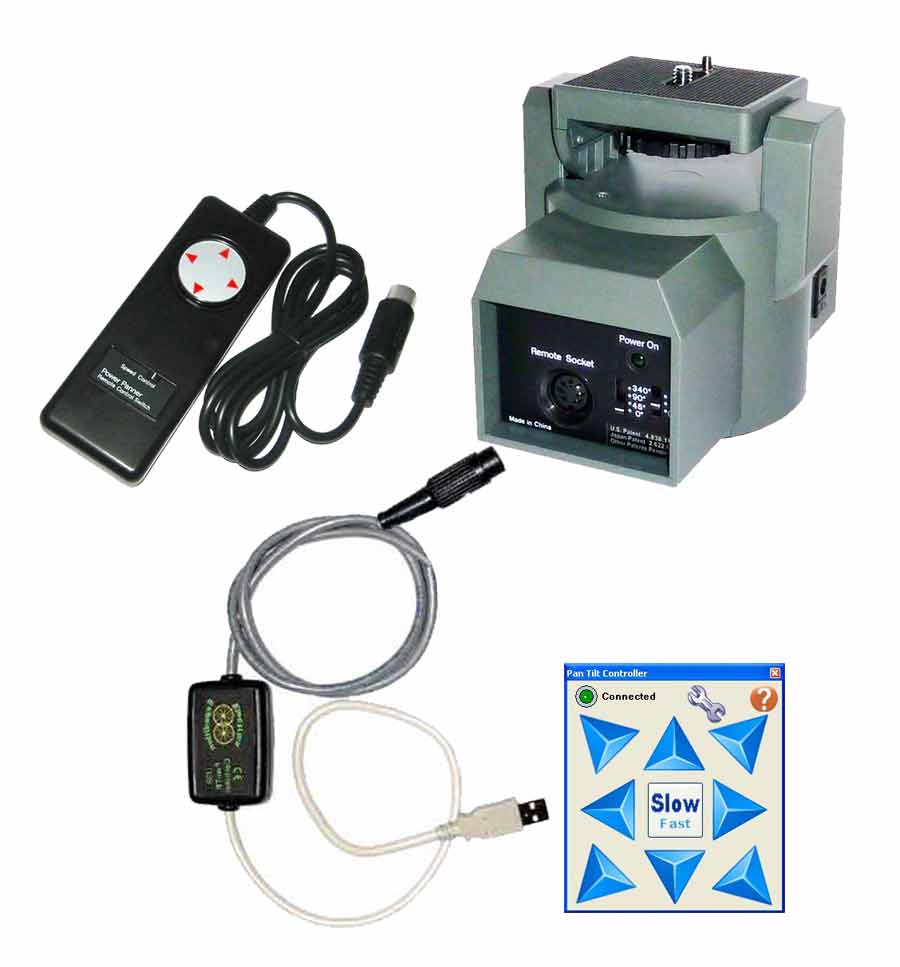Bescor Mp 101 Manual

Maxwell Electronic Power Panner, aka Bescor MP-101 Motorized Pan Head, aka. The head can operate in two panning modes — manually controlled.
★Like the video? The Bescor MP 101 is now one of my key pieces of equipment in my video and audio arsenal.
It provides really smooth pans and helps me set up my shots much quicker than before. In this video you will see how it functions on a tripod and some of the footage you can get by using the Bescor. I would definitely recommend this if you are wanting to get some smooth shots from your camera or just make your whole recording process a lot easier! Amazon Links (aff) Bescor MP 101: Bescor AC Adapter: Bescor Remote Extension: Watch my unboxing for some more footage of it on the tripod head. --- My Gear Canon T3i: SanDisk Extreme SDHC 32 GB Card: Blue Spark: Rode Videomic: Alesis MultiMix USB: --- Social Networks Twitter: Instagram: Facebook: Google+: Gaming Channel: My website.
Update: Thanks to, there is a better way to connect the Bescor to the Arduino instead of using the Motor Shield. I’ll try to get a working prototype up this week. Here’s the [av_video src=’format=’16-9′ width=’16’ height=’9′] The Bescor MP-101 pan and tilt is a great cost effective solution for video and photo setups, but it has several limitations. First off, the only allows movement on one axis at a time.
Also, the speed slider is difficult to use while panning. I searched for a better remote, but couldn’t find one at a reasonable price, so after trying a few experiments, I found using the Nunchuck, the, and the together, I could make a great controller.
Unfaithfully yours torrent download. Step 1: Strip the MIDI Wires I’ll be using a five pin MIDI cable like. It’s also possible to use the original cable. (Note: The wire colors from other cables might be different from the original cable.) Step 2: Strip the Nunchuck Extension Wires To connect the Wii Nunchuck controller, I used extension. Yellow – Ground Black – Clock Red – Data Brown – Power These wires will connect to the Arduino pins and later I’ll show in the code the pin assignments.
If you use a different extension, the wire colors might be in a different order. Is the Nunchuck pinout. Step 3: Connect the Nunchuck Wires to the Arduino Motor Shield The wires are connected as followed on the motor shield: Yellow – GND Black – A5 Red – A4 Brown – 3.3v Step 4: Connect the MIDI Wires to the Arduino Motor Shield The wires are connected as followed: Yellow– (-B) Blue – (+B) Purple – (-A) Red – (+A) Yellow/ Blue – Tilt, Purple/ Red – Pan Step 5: Program the Arduino In this step, the and drivers need to be installed on the computer. If anyone’s interested in a in depth tutorial about using the Arduino software, please leave a comment. (Update: Here’s a to installing the Arduino Software.) Here’s a to the library we’ll be using to get the Nunchuck working. Each line of code below will be labeled and hopefully help you understand the process. If you have any questions, please or leave a comment.
Matt, Someone pointed me to your site wondering why you used a motor shield, and I’m a bit unsure why you chose to as well. Here are my observations: It seems the original controller simply tied each direction button to GND (through a resistor). To mimic that, directly attaching each direction wire to an IO pin is suitable. A motor shield is a H-bridge driver; meaning it expects to be directly connected to motor coils. To move one direction, it attaches one wire of the coil to positive (+) and the other to negative (-).
To move the other direction it reverses which wire gets + and which gets. I think it happens to work as it is because one wires ends up getting pulled to negative (-) like the original controller use to do.